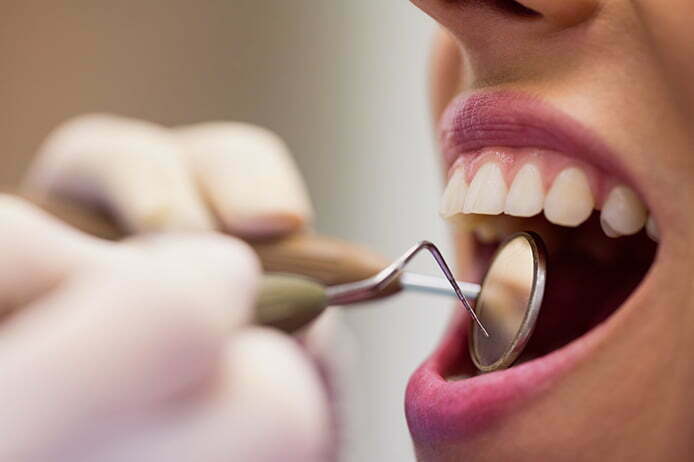Types of Dental Calculus: Supragingival and Subgingival Calculus Explained in Concord

There are two primary forms of dental calculus, also referred to as tartar: supragingival and subgingival calculus. To prevent dental problems and maintain proper oral hygiene, it is essential to understand various kinds of calculus. The dentist in Concord, NC, stressed the value of calculus knowledge and prevention. The distinctions between supragingival and subgingival calculi, their formation, and their effects on dental health will all be covered in this blog post.
Supragingival Calculus
Supragingival calculus is a hard, mineralized deposit of plaque that develops on the tooth surface above the gum line. It is sometimes referred to as supragingival tartar or dental calculus. It is mostly made up of bacterial biofilm and minerals from saliva, especially calcium and phosphate. Supragingival calculus can have a gritty or very hard texture and manifests as a hard, yellowish, or brownish deposit. Supragingival calculus is typically present on the visible portions of the teeth, in contrast to subgingival calculus, which develops below the gum line and is linked to more severe periodontal disease. Poor oral hygiene is to blame since food particles and germs found in plaque can mineralize in a matter of days or weeks if regular brushing isn’t done to effectively eliminate it.
Effects: Supragingival calculus can cause cosmetic concerns owing to its appearance. It can also contribute to bad breath and is associated with the development of dental cavities.
Subgingival Calculus
Subgingival calculus, sometimes referred to as subgingival tartar or dental calculus, is a mineralized deposit of plaque that develops in the periodontal pockets on the tooth surface beneath the gum line. Together with bacterial biofilm, minerals like calcium and phosphate make up the majority of its composition. Because subgingival calculus is hidden from view, it is usually more difficult to diagnose than supragingival calculus, and it is also more difficult to eliminate with routine brushing and flossing. Subgingival calculus, as opposed to supragingival calculus, is linked to more advanced periodontal disease and plays a major role in the advancement of diseases, including gingivitis and periodontitis. It can cause gum recession, tooth mobility, gum inflammation, and even tooth loss if left untreated.
Effects: Subgingival calculus can exacerbate gum disease. It can also lead to tooth mobility and tooth loss if left untreated. It can only be removed by a dental professional through a procedure called scaling and root planning.
Prevention and Treatment
Maintaining good oral health requires preventing the production of both supragingival and subgingival calculi. Thorough brushing, flossing, and dental checkups can help prevent plaque formation. Professional teeth cleaning, scaling, and root planing are required to remove calculi if they have developed.
To maintain the best possible dental health in Concord, it is crucial to understand the distinctions between supragingival and subgingival calculus. Local dentists emphasize the value of routine dental examinations and the constant use of good oral hygiene. You can maintain good dental health and preserve your smile for many years by being watchful and proactive.